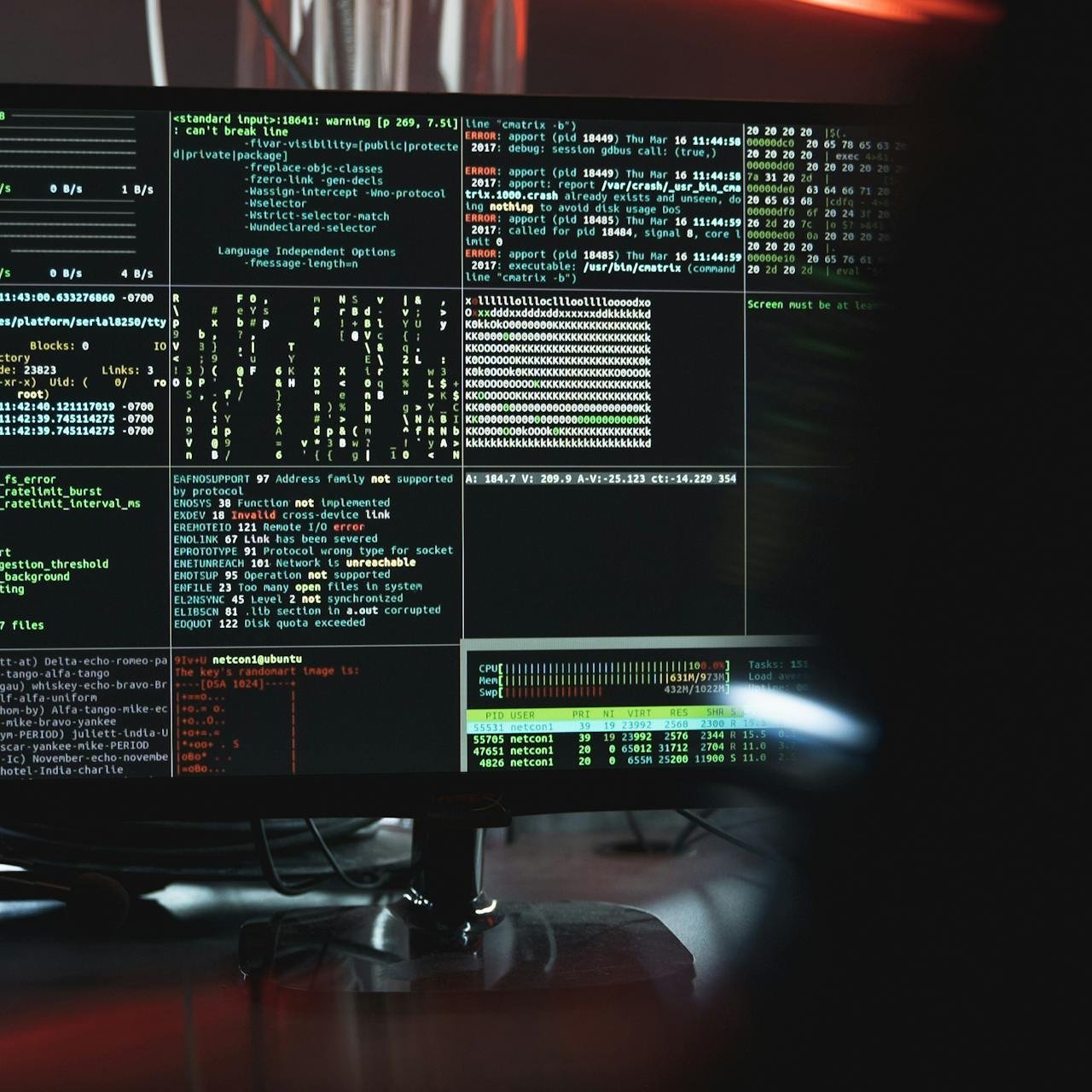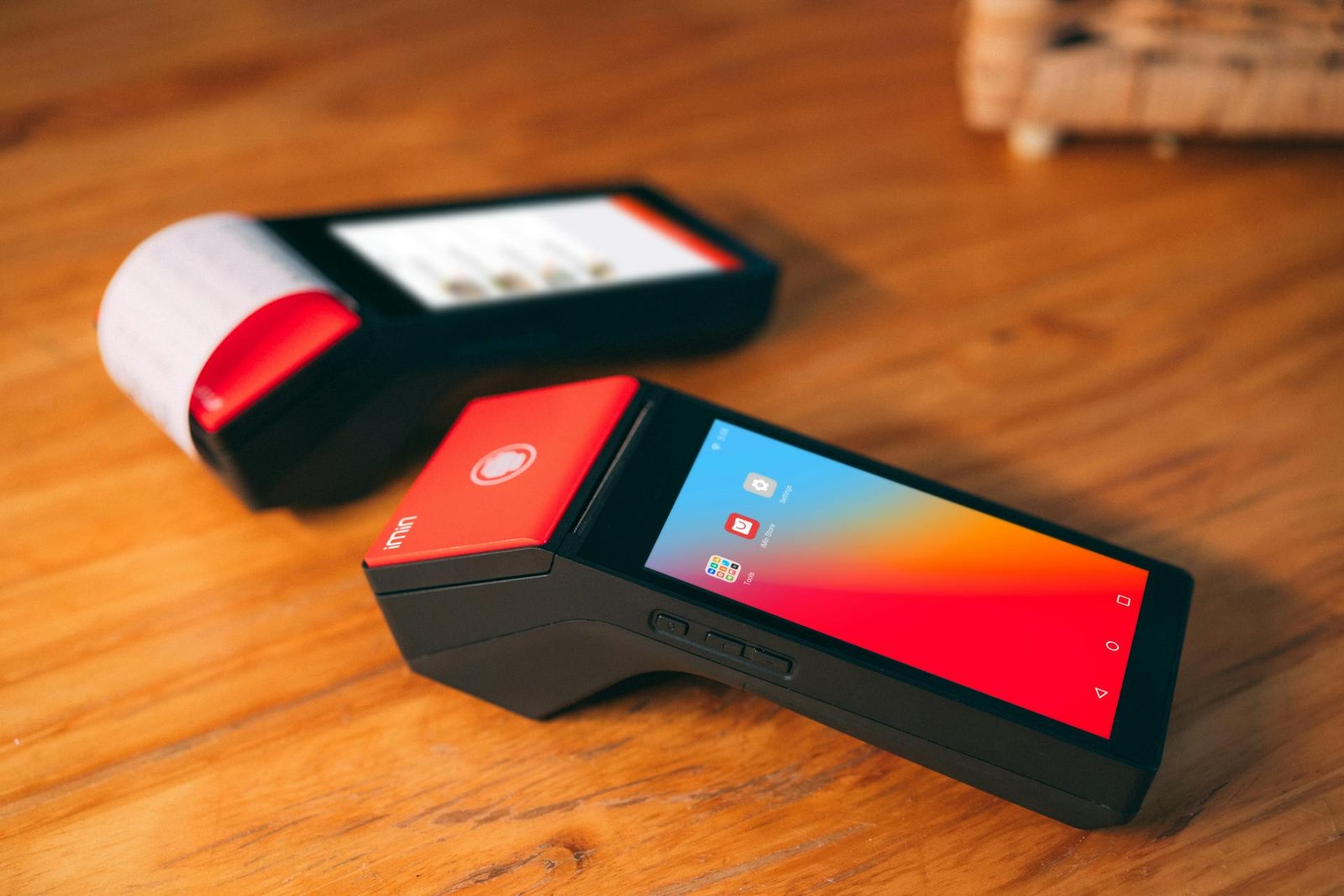Fingerprints have long been the gold standard in biometric security. From unlocking smartphones to verifying identities at airports, fingerprint recognition has provided a relatively fast, reliable, and convenient form of authentication. But as security threats evolve and technology advances, experts are exploring what comes next. The world is moving toward more sophisticated and less invasive methods that could surpass fingerprints in accuracy, speed, and security. The next wave of biometric innovation is here—and it’s more personal than ever.
The Limitations of Fingerprints
Despite their widespread use, fingerprint systems are not flawless. Fingerprints can be lifted, replicated, or even rendered unreadable due to cuts, burns, or aging skin. Moreover, the rise of high-resolution sensors and image-editing tools has made it easier for malicious actors to spoof fingerprint data. Once stolen, biometric data can’t be reset like a password, which presents a long-term risk.
Another issue is hygiene and accessibility. Physical contact with fingerprint scanners poses problems in healthcare settings or during public health crises, and some individuals, such as manual laborers, may have worn or altered prints that scanners fail to read consistently. These limitations have encouraged researchers and companies to seek alternative biometric methods that are both secure and user-friendly.
Facial Recognition
Facial recognition is one of the most visible successors to fingerprint scanning. It’s fast, requires no contact, and is already embedded in millions of smartphones. Powered by advanced computer vision and AI algorithms, facial recognition maps facial features with high precision.
However, facial recognition raises concerns about surveillance and privacy. The ability to track individuals across public spaces without their consent has drawn criticism from privacy advocates and has led to regulations in several regions. Furthermore, the technology has faced challenges with accuracy across different ethnicities and lighting conditions, which undermines trust in its fairness and reliability.
Despite these concerns, facial recognition continues to improve. More secure systems now use depth mapping and infrared sensors to differentiate between a real face and a photo or mask, significantly reducing the chances of spoofing.
Iris and Retina Scanning
Another promising biometric method is eye-based recognition, particularly iris and retina scanning. These techniques analyze unique patterns in the eye that are extremely difficult to replicate. Iris recognition, in particular, is considered more accurate than fingerprints and has already seen use in airports and high-security facilities.
Unlike facial recognition, iris scanning is less susceptible to changes due to age, facial hair, or lighting. It also functions in the dark and does not require physical contact. Retina scanning, although more invasive, maps the pattern of blood vessels in the back of the eye and offers even higher levels of security.
Still, both methods require specialized cameras and equipment, which limits their widespread adoption. As the hardware becomes more affordable and compact, we may see these systems integrated into consumer devices in the future.
Voice Recognition
Voice recognition analyzes vocal patterns, pitch, and cadence to authenticate identity. Since everyone has a unique voiceprint, this method offers a natural and non-invasive way to verify users. It’s already being used in customer service lines and banking systems where typing or touching a screen isn’t always practical.
However, background noise, illness, or voice changes over time can reduce accuracy. More critically, voice data can be recorded and replayed, posing a security risk. To combat this, developers are incorporating liveness detection and context-based prompts to ensure the voice is being produced in real time.
Voice biometrics work best when paired with other authentication factors, making them a useful component in multi-modal systems rather than a standalone solution.
Behavioral Biometrics
An emerging field in biometric security is behavioral biometrics, which tracks how you interact with your device rather than how you look or sound. This includes how you type, swipe, hold your phone, or even walk. These patterns are hard to mimic because they rely on subconscious behaviors formed over time.
Behavioral biometrics are continuously monitored in the background, offering a seamless layer of security that doesn’t interrupt the user experience. For example, a banking app might analyze how you typically scroll and type to ensure that it’s really you, flagging anomalies for further verification.
Because behavior is dynamic, these systems require constant learning and adjustment. But that also means they’re more adaptive and can identify fraud attempts based on subtle changes that other systems might miss. Combined with more traditional methods, behavioral biometrics provide a flexible and resilient layer of defense.
Heartbeat and Vein Recognition
Biometrics is increasingly moving below the skin. Technologies that read your unique heartbeat rhythm or the pattern of veins in your hand or wrist are now in development. These internal characteristics are nearly impossible to replicate externally, offering a powerful level of security.
Vein recognition uses infrared light to map the vein patterns in your hand, which remain stable over time. It’s already being used in ATMs and some high-security environments. Heartbeat authentication, though newer, uses sensors that pick up on the electrical signals or rhythm of your heart. Since everyone’s heartbeat has slight variations, it can serve as a biometric identifier.
These methods are highly secure and unobtrusive, but like many advanced biometrics, they require specialized sensors not yet standard in consumer electronics. Their success will depend on how quickly this hardware can be miniaturized and mass-produced.
Multi-Modal Biometrics
The future of biometric security likely isn’t one method replacing another, but rather multiple methods working together. Multi-modal biometrics combine two or more techniques—such as face and voice, or fingerprint and iris—to create layered verification systems that are more robust and harder to fool.
This approach balances convenience and security, reducing reliance on any single point of failure. Even if one biometric is compromised or fails due to environmental factors, another can provide backup, making the system more resilient overall.
Organizations are already experimenting with combinations tailored to specific use cases. For example, a hospital might use facial recognition for access and vein scanning for medication dispensing, ensuring the right person receives the right treatment.
Biometric Data and Privacy
As biometric security becomes more advanced, concerns around data privacy grow in parallel. Biometric data is uniquely personal and permanent. If stolen, it can’t be changed like a password. This raises serious questions about how this data is stored, shared, and protected.
To address this, privacy-enhancing technologies are being developed alongside biometrics. Decentralized storage, secure enclaves, and homomorphic encryption can protect sensitive biometric data even if devices are compromised. Some systems perform all biometric matching on the device itself, without sending data to the cloud, reducing the risk of breaches.
Governments and regulators are also stepping in to ensure transparent use of biometric systems. Clear consent policies, data minimization, and opt-out options will be critical in earning public trust as these technologies become more widespread.
Conclusion
The future of biometric security is already unfolding—and it goes far beyond fingerprints. From eye scans and voice patterns to your heartbeat and habits, the next wave of biometrics is more personalized, less invasive, and potentially much more secure. While no single method is perfect, the combination of multiple biometric signals with strong privacy safeguards is creating a new standard in digital identity and access control. As these technologies become more refined and accessible, they promise a world where security is both seamless and uniquely yours.








